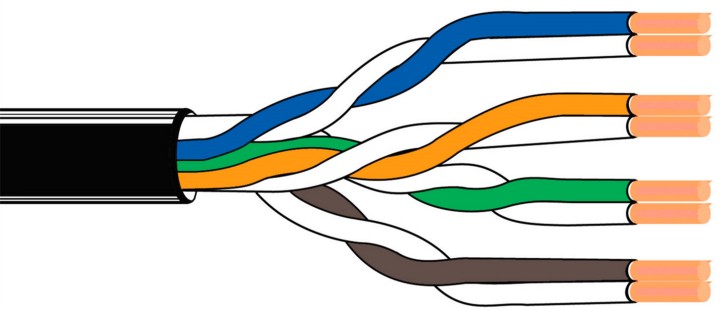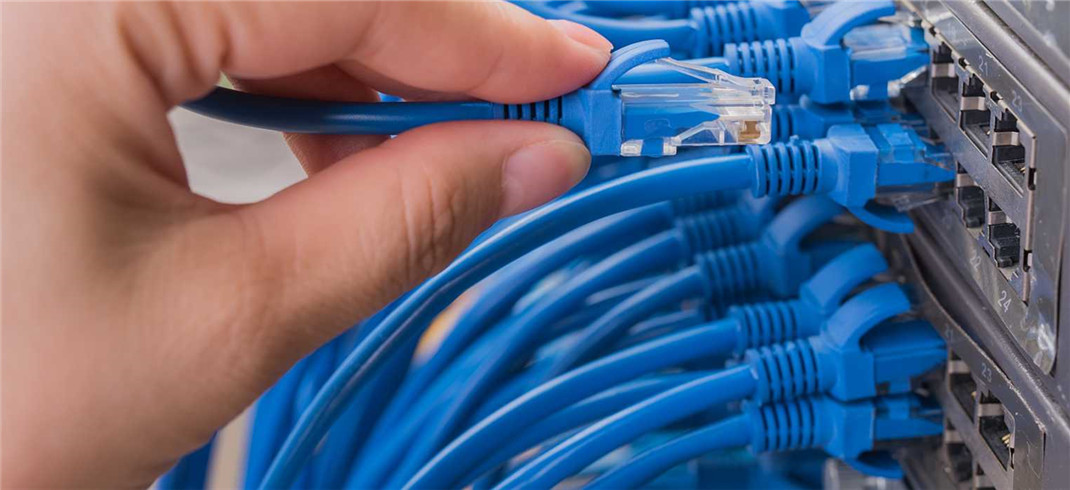Twisted Pair (TP) Cable is the most commonly used transmission medium in comprehensive cabling engineering. It is composed of two copper wires with an insulating protective layer. When two insulated copper wires are twisted together at a certain density, the radio waves radiated by each wire during transmission will be cancelled out by the radio waves emitted by the other wire, effectively reducing the degree of signal interference.

A twisted pair cable is usually made of two insulated copper wires of 22AWG to 26AWG that are wound into each other, hence the name "twisted pair cable". In practice, a twisted pair consists of multiple pairs wrapped together in an insulated cable sleeve. If one or more pairs of twisted pair are placed in an insulating sleeve, it becomes a twisted pair cable [1], but in daily life, the "twisted pair cable" is directly called "twisted pair cable".
Compared with other transmission material, twisted pair cable is limited in transmission distance, channel width and data transmission speed, but its price is relatively low.

A twisted pair cable is made of a pair of mutually insulated metal wires twisted together. In this way, not only can resist a part of the electromagnetic interference from the outside, but also can reduce the mutual interference between multiple pairs of strands. When two insulated wires are twisted together, the interference signal is consistent on the two wires twisted together (the interference signal is called CMRR), and the common-mode rejection ratio can be eliminated in the differential circuit receiving the signal, so as to extract the useful signal (differential mode signal)
Twisted pair cable is used to make the external interference noise generated by two wires (in the professional field, called the unwanted signal noise) is the same, so that the follow-up of the differential circuit to extract the useful signal, the difference is a subtraction circuit, two input signals in phase (common-mode signals) offset (m-n), reverse phase signal is equivalent to x - (-y), to be enhanced. In theory, m=n and x=y in twisted pair and differential circuits are equivalent to completely eliminating interference signals and doubling useful signals, but there are certain differences in practice.
In a cable sleeve, different wires have different twist length. Generally speaking, twist length in 38.1mm ~ 140mm, counterclockwise twist, the twist length of the opposite wire is within 12.7mm. The length of a twisted pair cable cycle is called pitch. The smaller the pitch (the denser the twisted wire), the stronger the anti-interference ability.

Note A twisted-pair cable has the Shielded Twisted Pair (STP) and Unshielded Twisted Pair (UTP).